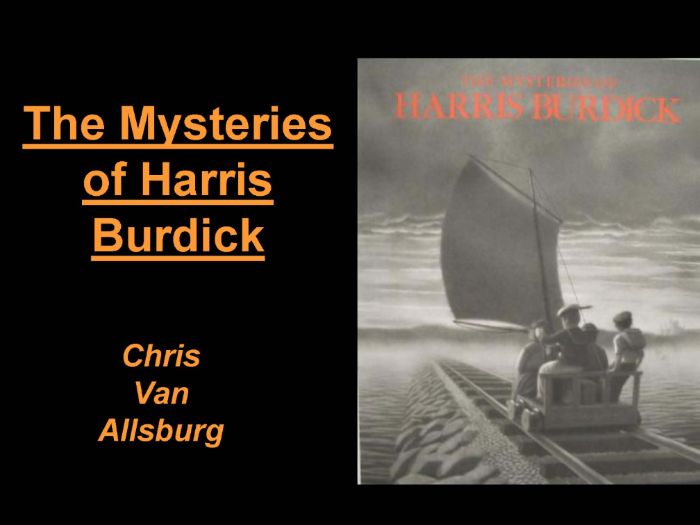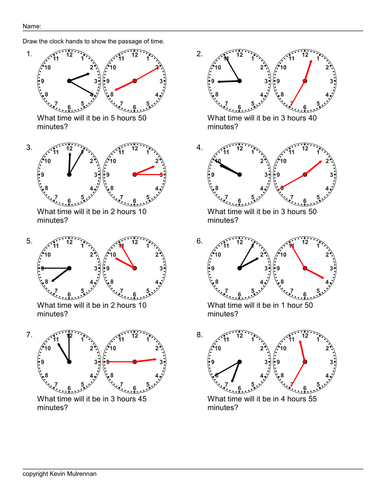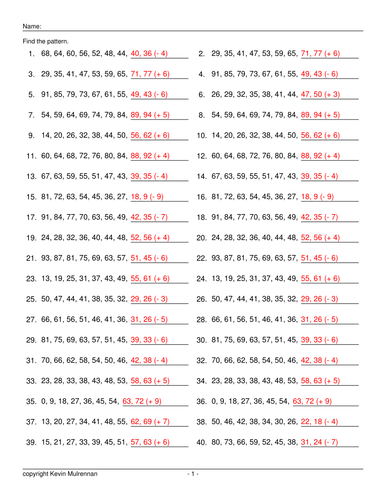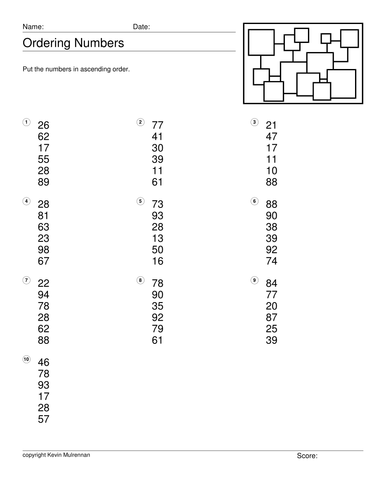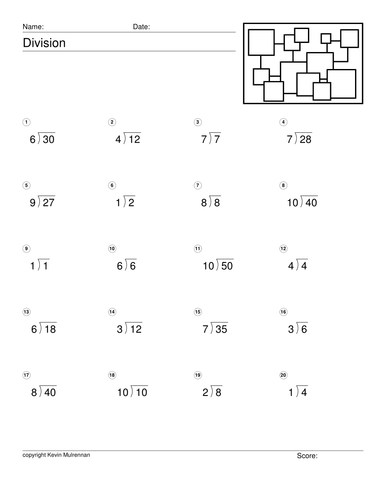357Uploads
98k+Views
28k+Downloads
Sale

Christmas assembly Script Ten Pages
ten page script.
Nice piece you can perform in class or to an assemlbly.
sample :
Narrator: Welcome to our Christmas celebration!
Narrator Welcome to INSERT TOWN, where our journey begins!
Narrator: Picture our winter scene…
Narrator: The air is filled with excitement, the faint hum of an inflatable Santa, blinding Christmas lights line the streets, illuminating the December skies.
Narrator: Our story begins in a beautifu; house not too far away from here…
Narrator: It is a tale of sadness, humour and love. If you are young or old, our story is one you will love!
Narrator : Oh no it isn’t!
Narrator: Oh yes it is! So sit back and enjoy the show, a magical tale of a young girl called Cinderella.
Narrator: It’s December 23rd. A bitterly cold winter’s eve. Across the globe people were making last minute plans for Christmas festivities.
Narrator: People running frantically from shop to shop to get their last minute presents.
DANCE: SHOPPING BAGS AND PRESENTS (Christmas Wrapping)
Narrator: Cinderella was busy vacuuming, cooking the dinner, ironing (funny mime of Cinderella doing different jobs all at once!) and washing,…… when something caught her eye…
Sale

Christmas Planning Year 5 Three weeks worth English Maths
Three weeks of planning. Plus you can use other planning included for free from different years.
Example
To analyse and create a character and setting description for 23 Degrees 5 Minutes North.
I can express verbally what a character may be feeling, thinking or doing I can explain why I think a character may feel, think or do something I can describe a setting using figurative language
Starter 5 mins
Pen portrait of key characters in 23 Degrees 5 Minutes North: Children mind map/annotate information about the key characters that they know so far around an image of The Adventurer and Professor Erit. They add information about the internal feelings, thoughts and emotions within and the external information such as physical description, or known facts
Activity 1 5-10 mins
Use key questions and discussion in groups to think about answers to questions such as: When is this story set? Who am I? Where am I? Why am I here? Will I be able to find Professor Erit? How will I find him?
Emphasise the importance of chn giving evidence to support their opinion when they give a response to these questions.
Activity 10 mins
Return to image of the Adventurer and Professor Erit. Using a different coloured pencil, chn should add information about these characters
Main 20 mins
Give chn an image of the setting and ask them to mind-map descriptive words, phrases or sentences they could use to describe the narrative setting.
Model using the different kinds of sentence-types to record a setting description, using the vocabulary recorder in the mind-map. Chn use sentences to build suspense if they can.
Sale

Spring Year 6 Maths Planning 13 weeks 36 page pdf
36 page pdf.
Maths for each of 13 weeks.
sample :
LO: To reflect shapes across a horizontal or vertical mirror line.
KEY QUESTION: DO I NEED TO USE A MIRROR TO REFLECT A 2D SHAPE?
Review the term reflection with the children. How would the children reflect a simple shape like a square across a mirror line? Show the children a more complex shape. How would the children go about reflecting this shape?
Explore the use of a mirror using a large version of a shape on the working wall. If you hadn’t got access to a mirror, how would you go reflect the shape?
Focus on process of identifying vertices within shapes, counting to the mirror line.
DS: Supports Triangles during teaching.
AG: Supports Squares during teaching.
LO: To draw and reflect a shape across a 45 degree mirror line.
Show the children a shape and have them model how to reflect across a vertical and horizontal mirror line. Show them a mirror line that is set at 45 degrees. Discuss possible strategies for carrying out the task of reflecting across the mirror line. Make sure the children stay on the grid lines and follow to the mirror line, then away from the mirror line to make a right angle.
MW: target high Focus Children within teaching. Check during lesson.
LO: To reflect a shape that crossing a 45˚ mirror line.
KEY QUESTION: HOW CAN I REFLECT A SHAPE THAT CROSSES THE MIRROR LINE?
Address misconceptions from previous lesson. Give the children an enlarged version of a triangle that crosses a diagonal mirror line. As a class, identify way in which the shape can be reflected across the mirror line. Take each point and reflect across a perpendicular set of gridlines. Model the use of start and end points. Whatever is in the upper part of the mirror line needs to be in the lower, vice versa.
DS: Supports triangles during lesson.
AG: Supports Circles during lesson.
Sale

Money Week Year 5 Year 6 Finances Banks Shopping
A nice little unit on financial planning.
Some calculations required for better financial knowledge.
Introduce ‘My Money’ week to children. Explain that we are going to spend all week discussing money, using mathematical operations, setting a budget and thinking about how we will deal with money in the future.
Activity One
Come back together and allow groups to share mind maps. Lead into a discussion on what money is; use online dictionary to look for definition. Come to the conclusion that it is a medium of exchange; we exchange money for goods or services.
Make a list on the IWB of things which people use money for. Separate the list by highlighting things which people need and things that they want.
TTYP – what is the ‘currency’ of the UK? Explain that it is called sterling and it is split into pounds and pence.
Use PPT to check that children recognise all notes and coins of sterling.
Activity One
Children work in groups to mind map ‘money’.
Each group to have three colours –create a key to show things they know, things they think they know and questions they have. If I gave you £1000 right now, what would spend it on?
What might you wish you had spent it on in the future?
Can the children name any currencies of other countries?
(Euro, US dollar, Aus dollar, Yuan China, Rupee India etc)
Sale

John Lennon The Beatles Vietnam War Modern History Planning US UK History
Nice little unit on modern history.
Some nice powerpoints.
Sample:
Using Notebooks – answer questions.
Who was John Lennon?
What can you find out about him?
Birthday Family Friends Community Music
Is he still alive? If not, when, where and how did he die?
Why is he famous? Rdg AF 2
WALT investigate the life of John Lennon
WILF you can record information carefully about J L.
Using questions, investigate life of J L
What kind of childhood did John Lennon have?
Recall information we know about Lennon so far. Establish that when Lennon was the children’s age it was around 1948/9. He was a teenager in the Mid 1950’s and grew into adulthood in the 1960’s. So his ‘era’ was the 1950’s and beyond.
What do you think life was like for a child growing up in the 1950’s?
How can we find out what it was like for children of your age at that time?
Rdg AF 2 AF 3
WALT select information from books and the internet
WILFcompare and contrast life in the 1950’s to life today.
Give each group their focus area to research:- School in the 1950’s; Home Life in the 1950’s; Food in the 1950’s; Leisure Activities in the 1950’s; Fashion in the 1950’s Technology in the 1950’s and key questions you want them to find answers to.
Children will record their findings on a Compare and Contrast Table the 1950’s v. 2010
Sale

Spring Term 13 Weeks Literacy Year 6 plan 40 page pdf Big Write
13 weeks of Literacy plans for Year 6. Spring Term.
Includes
Biographical writing
To develop a narrative solution
Persuasive writing
There’s a nice Big Write.
Sale

15 Powerpoints Year 5 Morning Work. Great Starters English Maths
15 Powerpoints that you can have on the board as your class enters.
Nice easy start to the day.
Easily adaptable. Nice bits of Math and English.
Sale

Geography Water Planning Unit Biology Africa Care For The Environment
A great unit looking at our dependence on water.
Lots of ideas and planning. Great for a project or a focus week.
Interesting powerpoints.
Focus on Africa and the droughts over there.
sample ideas.planning
Session 1
10/10/05
· to obtain information from maps and an atlas
· about world weather patterns
· about physical and human features
· I can find the wettest places in the world
· I can mark the main deserts of the world on a map
· I can use the laptop to draw temperature and rainfall graphs for different countries
M: Identify the wettest places in the world
S: Locate the main deserts on map
C: Draw temperature and rainfall graphs for different countries
Multimap for looking at maps/photos
Excel for rainfall graphs
Homework project for 2 weeks – Comparing use of water (LCP pg 167)
Session 2
12/10/05
· to make maps and plans
· to use secondary sources
· to investigate water supply at local and world scales
· I can think of 3 different ways to allow water to move around school
Sale

Maths Puzzles Across Down Fill In The Gaps Simple Arithmetic 100 Grids
100 grids.
Pupils have to fill in the gaps.
The squares all have to add up.
These puzzles involve taking away and adding.
Sale

Poetry year 4 Two Weeks of Planning Magic Box Kit wright Material
Two weeks Planning. the powerpoint is a sample. There’s other files in the planning
Great powerpoint on the work of Kit Wright.
The magic box really inspires kids.
Sampl planning Ask children to remind you about what a simile is and discuss why it is effective to use when writing. Explain that today we will be creating some poems of our own by creating some similes. Write ‘as thin as’ on the board and ask everyone to think of very thin things. Push children to think harder past the more obvious objects. Prompt them if necessary ‘what part of an animal is very thin?’ and so on. Write other prompts such as ‘as tall as, as large as, as hot as’. Draw some circles on the board and write a prompt above them ‘The sun is like…’ See how many other things they can think of that are round like the Sun. Turn the circles into objects they suggest. Now encourage children to extend their ideas further.
Explain that today children will be making some simile poems of their own about a monster. List some features of a monster and some adjectives that describe a monster.
HA work alone to create a simile poem about a monster.
MA supported by KB, use a writing skeleton for their poem which has some features already listed.
LA supported by AS, use a writing skeleton for their poem which has the features already listed, make a list of adjectives that might describe a monster.
Read through some of children’s poems together. Discuss what similes they have used and the effect it has on their writing, why is it more effective?
Can children compare objects?
Can they use adjectives?
Can they extend their own ideas and thinking?
Can they choose effective similes?
Sale

Back to school year 5 Literacy Design a Chocolate bar Month's worth planning
A great month of planning.
lots of powerpoints.
Pupils have to use persuasive language to make a chocolate bar.
sample
Adverts will be up on the board. Introduce topic by asking what it is… (5mins)Asked to identify the aim of the advert (using mini whiteboards). Teacher leads discussion through the answers e.g. “what made you think it was that purpose?” (10mins)
Then asked to go to tables and work in mixed ability groups to identify the aims of adverts on their tables – recording this info(15mins). Extension work – to write the features as to how they knew it was that purpose.
class discussion as to the aims of the adverts – questioning how they know that(5mins)etc
Discussion to lead onto ‘who is the intended audience’, again using mini whiteboards at first(5mins), then back to groups to identify the audience of the adverts they had seen before – recording this information(10mins).
Discuss the audience – recap with new adverts asking pupils to identify both purpose and audience as plenary. (10mins)
Starter – to recap on purpose and audience of adverts quickly on the board, using adverts seen yesterday then new advertisements that weren’t seen yesterday (5mins).
Put cadburys cream egg advert on board and ask the children to point out some of its features. Ask questions like ‘what makes this advert stand out’ talk about the colour, the slogan, the brand, the image. Put up some other advertisements and ask them to point out the slogan, talk about how slogans rhyme, have a play on words, are short, use alliteration etc (10mins).
Go back to their tables where there will be some recognisable products (coca-cola, mars bar, bouncy ball, yazoo milkshake), where children have to come up with a slogan for each. Extension work – come up with more than one slogan and they have to pick their favourite. (15mins)
Children then share their slogans with the rest of the class. Table points for the best.
Point out that slogans are in big bold fonts and match the phrase e.g. the Cadbury one is ‘gooey’,
Children draw out their favourite slogan on A4 paper – to colour in too (20mins).
Children asked to explain why they used certain colours or style of writing for their slogans for that product. (5mins).
Homework – find 5 slogans from ads.
Sale

Romeo and Juliet Shakespeare Rewrite Year 6 English Literacy Planning
Couple of weeks planning.
sample;
Genre: Narrative Unit 4 ‘Older Literature’
Focus Texts: ‘Romeo and Juliet’ by William Shakespeare. (Adapted for children by Andrew Matthews and Tony Ross – Orchard classics).
Begin by introducing the new topic and the learning outcome. We will be studying ‘older’ literature. Explain that older literature is defined as anything written before 1914 but we are going to look at much older than this!
Show a picture of William Shakespeare: children to TTYP –
Who is this man?
What is he famous for?
Can you name any of his works?
Come back together and elicit that William Shakespeare was an author – not of stories but of plays and sonnets (poems). Talk about some of his more famous work and explain that he wrote 38 plays and over 160 sonnets.
Shakespeare was born in 1564 and died in 1616. He produced most of his work between 1589 and 1613 – why do you think he wrote mostly plays rather than stories? Elicit that he was an actor so he loved the stage and he intended his works to be acted out rather than just read and also because of the times. TV and film were not entertainment options and the majority of people couldn’t read so going to the theatre or watching an outside performance was very popular.
Explain that Shakespeare’s plays can be broadly split into tragedies and comedies. TTYP – what does this mean?
Show a list including some of Shakespeare’s most famous comedies and tragedies.
Talk about our recent history topic – who would have been on the throne when Shakespeare was writing (Elizabeth I until 1603 and then James I start of the Stuart dynasty). Talk briefly about the context to Shakespeare’s plays – Elizabeth I ruled over a very successful empire, England was starting to explore and find new shores and arts & culture were becoming more important and sought after. Link to previous unit.
Children to take a whole page in their literacy books to design an advert/poster to be put up around a Tudor town. It should advertise an exciting new play by William Shakespeare (give children a few to choose from).
Talk about the different language used for a comedy or a tragedy.
CN with target group.
CS with JD group. Start to read the children’s adapted version of ‘Romeo and Juliet’.
Success Criteria:
I recognise William Shakespeare and I know what he did for a living.
I can start to understand what England was like when Shakespeare was writing.
Sale

Teaching Resources worksheets Table Drills Maths Times Tables Multiplication
I have designed 100 worksheets on table drills for primary school children. There are four drills per sheet. The pupils have to write the answers in the gaps provided. Some of them go up to 10, some to 12. The variety is huge. Like all good ideas it's simple yet effective. A great way of repeating for reinforcement, but in an attractive way. A great reinforcement exercise or you can give a sheet to a bright pupil to keep them occupied. You can use your professional judgement to choose the appropriate sheet. Answer sheets are provided for all worksheets.
Sale

Teaching Resources 100 worksheets Time Passages KS2 Telling the Time
I have designed 100 worksheets on time passages for primary school children. They have to draw the time hands on the clocks on the sheets. What time will it be? - There are two clocks . The first clock shows a time, the second clock is blank. A question like "What time will it be in 2 hr and 20 min?" appears below the clocks. The student draws the answer on the second clock. You can use your professional judgement to choose the appropriate sheet. Answer sheets are provided for all worksheets.
Sale

Maths Patterns 100,000 Questions Numeracy
I have designed 100,000 questions on Maths patterns. You have to guess the patterns and fill in the answers. Makes a pleasant change from the same old same old textbooks that are around. You can use your professional judgement to choose the appropriate sheet. You can pick and mix, leave questions out etc. it’s your choice! Answer sheets are provided for all worksheets.
Sale

Number Order 100 Worksheets with Answers Maths Mathematics KS1
100 worksheets with answers on Number Order.
Pupils have to put the numbers in the correct order.
There are at least 10 sets of numbers per sheet.
A nice little time filler.
Sale

Division Worksheets for Primary School Children Maths Mathematics Homework
100 worksheets with answers sheets provided.
100 sheets of division questions.
Some have 10 questions, some 20, some 50.
A useful time filler or use them for a quick homework or start of day activity.
Sale

Mixed Fractions Questions 100 Worksheets Maths
100 worksheets with answers.
Mixed fractions.
Some you have to multiply, some you have to divide etc.
A good time filler or revision homework.
Sale

50000 Fractions Questions Worksheets KS2 Mathematics Maths
50000 Fraction Questions on 100 worksheets.
50000 questions on fractions.
Great for:
teachers
parents
tutors
supply teachers
All answers provided.
Loads of different tasks involving fractions:
e.g. adding
taking away
multiplication
simplifying etc
100 worksheets with 500 questions each.
Bundle Sale

KS2 maths Worksheets Bundle Rounding Numbers Coins Area Perimeter
A bundle of KS2 worksheets:
Includes:
Rounding Numbers 100 Worksheets with Answers Maths Mathematics
Teaching Resources 100 worksheets Coins KS1 Teachers
Teaching Resources worksheets Area Perimeter Mathematics

